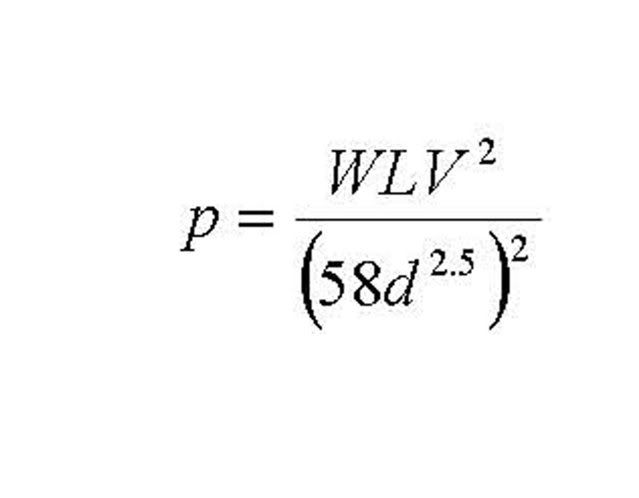- Joined
- Dec 2, 2008
- Messages
- 971
- Reaction score
- 8
Is there a way to calculate the optimum diameter for an air passage for an air engine?
Assuming a cylinder displacement of .5in and a drilled intake air passage 1 inch long. To run the engine at 40PSI is there a minimum diameter for the passage that will not have excess restriction? And how is it calculated.
Jerry






